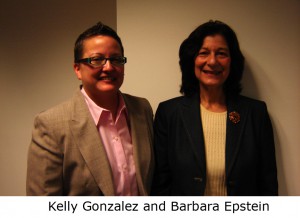For six weeks, Falk Library masqueraded as the Hogwarts School Library as we hosted Harry Potter’s World: Renaissance Science, Magic and Medicine, a travelling exhibit produced by the National Library of Medicine, and coordinated by the American Library Association. Several hundred students, faculty and visitors toured the exhibit, posed next to the life-sized picture of Professor Albus Dumbledore, and tried their luck at the Harry Potter trivia quiz.
On February 22, Stephen Greenberg, PhD, coordinator of Public Services, History of Medicine Division, National Library of Medicine, entertained nearly 200 attendees with his intriguing connections between Renaissance science and medicine and the Harry Potter series. Many historical materials are conceptually linked to the fictional world created by author J.K. Rowling. For instance, alchemist Nicolas Flamel, who is featured in Harry Potter and the Sorcerer’s Stone, was a real 15th-century scholar whose experiments with metals influenced the development of modern chemistry. Paracelsus, who appears as a sculpture in Harry Potter, was a 16th-century physician and alchemist notorious for criticizing the medical practices of his time. The lecture was followed by a reception co-hosted by Falk Library and the C.F. Reynolds Medical History Society.
In March, Sylvia Pamboukian, PhD, assistant professor of English Studies at Robert Morris University, visited the exhibit and spoke on the ways in which medical materials of the Renaissance were perceived as part of a larger, ritualistic process incorporating material, environment, practitioner, and patient. Dr. Pamboukian also discussed the ways in which such practices were perceived at the time, particularly the fears about witches and wizards.
Also in March, Lori M. Campbell, PhD, lecturer, Department of English, University of Pittsburgh, visited to talk about a chapter from her book, Portals of Power: Magical Agency and Transformation in Literary Fantasy (McFarland 2010). Using Harry Potter’s character as an example, Dr. Campbell discussed how the concept of the gateway or ‘portal’ between real and magical worlds operates in contemporary fantasy writing. Her talk demonstrated the ways in which magical nexus points and movement between these worlds are used throughout the 7-volume Harry Potter series to illustrate real-world power dynamics.
On March 26, the exhibit moved on to its next destination, and Hogwarts School Library reverted back to its previous identity as Falk Library of the Health Sciences. Thanks to all who visited the exhibit and attended the lectures. The Exhibit Committee (Renae Barger, Jonathon Erlen, Leslie Czechowski, Rebecca Abromitis, Barbara Epstein and Rhoda Ludin) hope you enjoyed attending the exhibit events as much as we enjoyed planning them.

Please visit our Facebook Photo Album for more event pictures.
Congratulations to our contest winners: out of 89 entries to the Harry Potter trivia quiz, only one person, Carlos Lopez from the School of Medicine, scored 100%, and was awarded a jar of Bertie Bott’s jelly beans. Sam Zolin, from the School of Arts and Sciences, won the raffle for a set of Harry Potter books. And Professor Dumbledore went home with Christina Jolley from the School of Nursing.
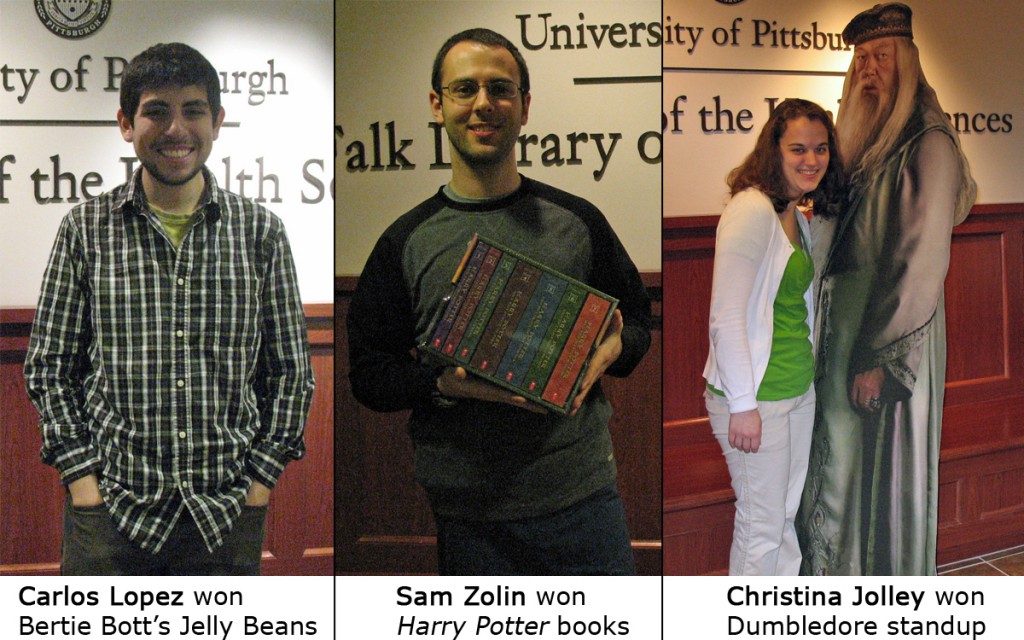
~ Renae Barger

![Citation marked as [Epub ahead of print]](https://info.hsls.pitt.edu/updatereport/files/2011/04/epub-circled.jpg)
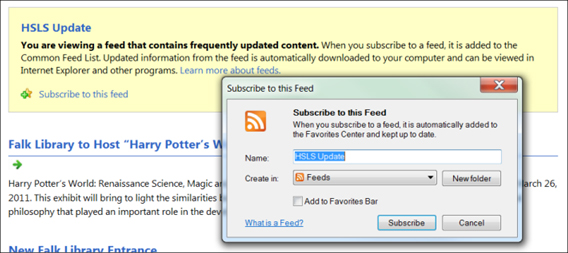
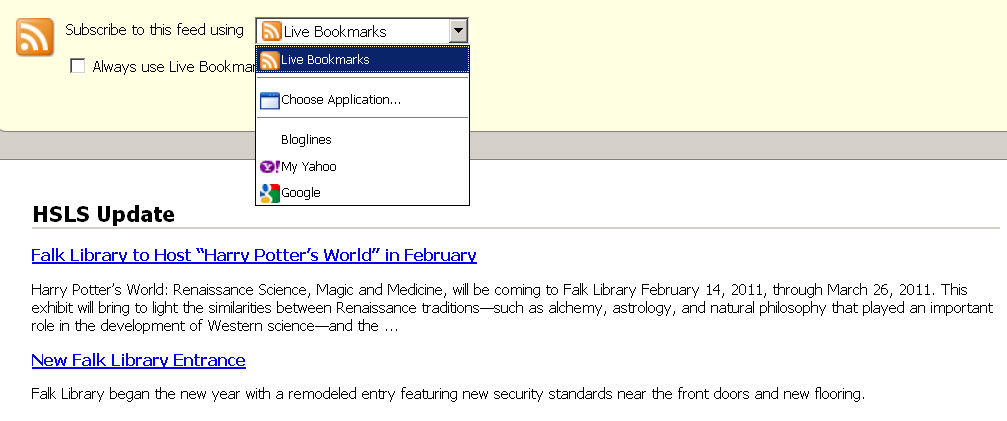
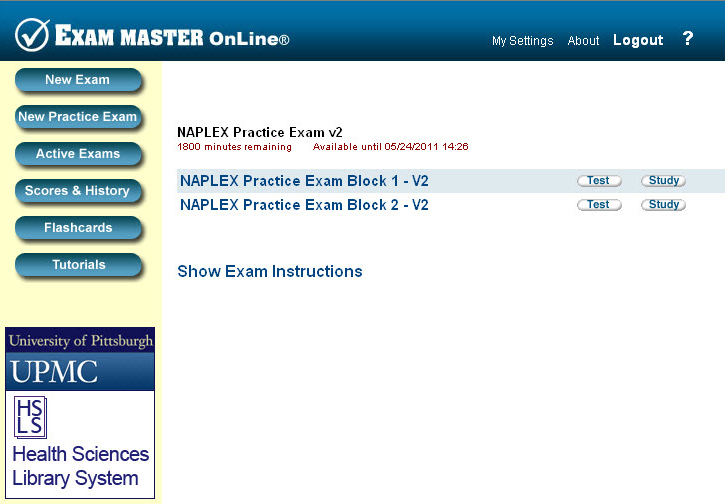
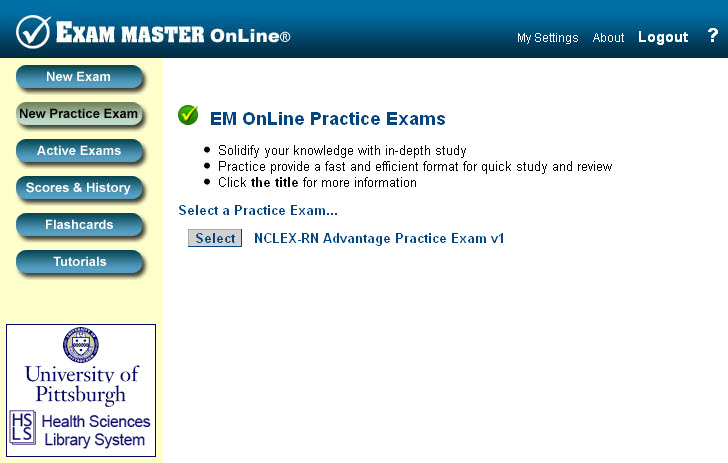
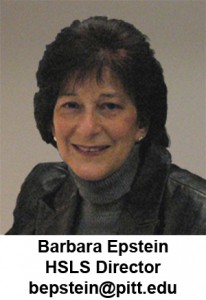 As I write this column, the University is experiencing considerable anxiety over proposed budget cuts in its state appropriation. The Pitt community is mobilizing to demonstrate to the legislators and the governor our important contributions to the health and well-being of our city, state and region, but the outcome is still unclear.
As I write this column, the University is experiencing considerable anxiety over proposed budget cuts in its state appropriation. The Pitt community is mobilizing to demonstrate to the legislators and the governor our important contributions to the health and well-being of our city, state and region, but the outcome is still unclear.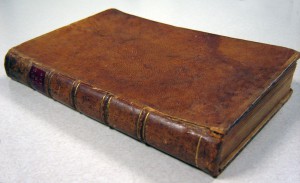 The original English translation of van Swieten’s work on the hygiene of troops and diseases impacting the military was published in London in 1762, and the first American edition printed by Robert Bell appeared in Philadelphia 14 years later. Thus, the information derived from foreign experiences in military hygiene was made available to young surgeons in the War of Independence. Swieten’s text was enhanced by the addition of several chapters, including “Some Brief Directions to Be Observed by Sea Surgeons in Engagements” by William Northcote (extracted from The Marine Practice of Physic and Surgery, 1770) and, “The Nature and Treatment of Gun-Shot Wounds” by John Ranby (extracted from The Method of Treating Gunshot Wounds, 1744).
The original English translation of van Swieten’s work on the hygiene of troops and diseases impacting the military was published in London in 1762, and the first American edition printed by Robert Bell appeared in Philadelphia 14 years later. Thus, the information derived from foreign experiences in military hygiene was made available to young surgeons in the War of Independence. Swieten’s text was enhanced by the addition of several chapters, including “Some Brief Directions to Be Observed by Sea Surgeons in Engagements” by William Northcote (extracted from The Marine Practice of Physic and Surgery, 1770) and, “The Nature and Treatment of Gun-Shot Wounds” by John Ranby (extracted from The Method of Treating Gunshot Wounds, 1744).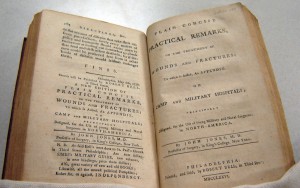 The book, The Diseases Incident to Armies Including Plain Concise Practical Remarks on the Treatment of Wound and Fractures, comes from the collection of our notable donor, the late Dr. Mark M. Ravitch, and is located in the
The book, The Diseases Incident to Armies Including Plain Concise Practical Remarks on the Treatment of Wound and Fractures, comes from the collection of our notable donor, the late Dr. Mark M. Ravitch, and is located in the 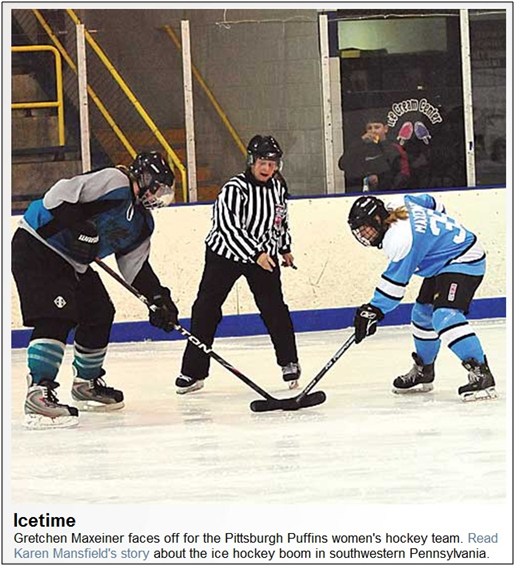
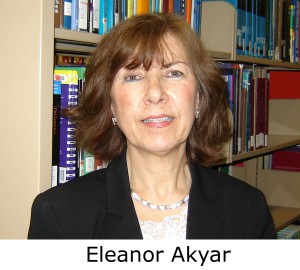 t Pitt. The majority of Akyar’s work experience has been in the development and project management of computer software applications. She is also a licensed real estate agent. Akyar’s belief that “information is power” led her to pursue an advanced degree in library and information science. Akyar is interning in the Reference Department in Falk Library, where she is creating an online exhibit by digitizing a unique collection of images and reports from a World War II field hospital in New Guinea.
t Pitt. The majority of Akyar’s work experience has been in the development and project management of computer software applications. She is also a licensed real estate agent. Akyar’s belief that “information is power” led her to pursue an advanced degree in library and information science. Akyar is interning in the Reference Department in Falk Library, where she is creating an online exhibit by digitizing a unique collection of images and reports from a World War II field hospital in New Guinea. . He worked as a bilingual information specialist in the Epilepsy Foundation’s library and as a records manager at the Superfund Records Center. Figueroa believes an advanced degree in library science will compliment his past professional experience. He is interning in the Reference Department in Falk Library, where he is working with GSPH embedded public health informationist and reference librarian Barbara Folb.
. He worked as a bilingual information specialist in the Epilepsy Foundation’s library and as a records manager at the Superfund Records Center. Figueroa believes an advanced degree in library science will compliment his past professional experience. He is interning in the Reference Department in Falk Library, where he is working with GSPH embedded public health informationist and reference librarian Barbara Folb.

